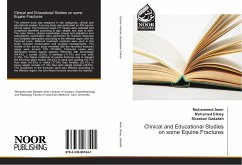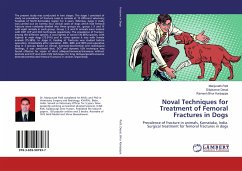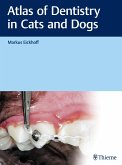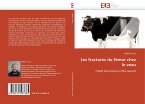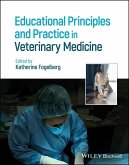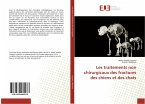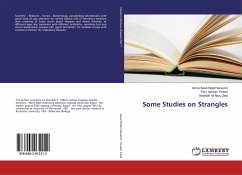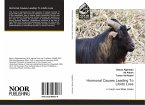The present book was designed in two categories, clinical and educational studies. A survey study was performed on 400 equine clinical cases. The fractured cases (77 cases) were selected and completely identified according to age, weight, sex, type of work. The case history, clinical examination (visual and palpation) and radiographic examination were performed for fracture diagnosis and complete description according to the affected region and the fractured bone. Different treatment methods were used in this study included conservative and surgical managements. The results of the survey study revealed that the recorded fractured cases were around 19% (77/400). Fractured cases were distributed among equine species; 65horses with percentage (84.4%), 2 ponies (2.6%), 9 donkeys (11.7%) and one mule (1.3%). The higher incidence of equine fractures was in draught (63.6%) than sport horses (36.4%); in adult and yearling (70.1%) than foals (16.9%); in males (77.9%) than females (22.1%);in heavy weight animals (71.4%) than light weight animals (28.6%). The incidences of the fractures were also differed according to the affected region; the fore-limbs fractures recorded the highest.
Hinweis: Dieser Artikel kann nur an eine deutsche Lieferadresse ausgeliefert werden.
Hinweis: Dieser Artikel kann nur an eine deutsche Lieferadresse ausgeliefert werden.

